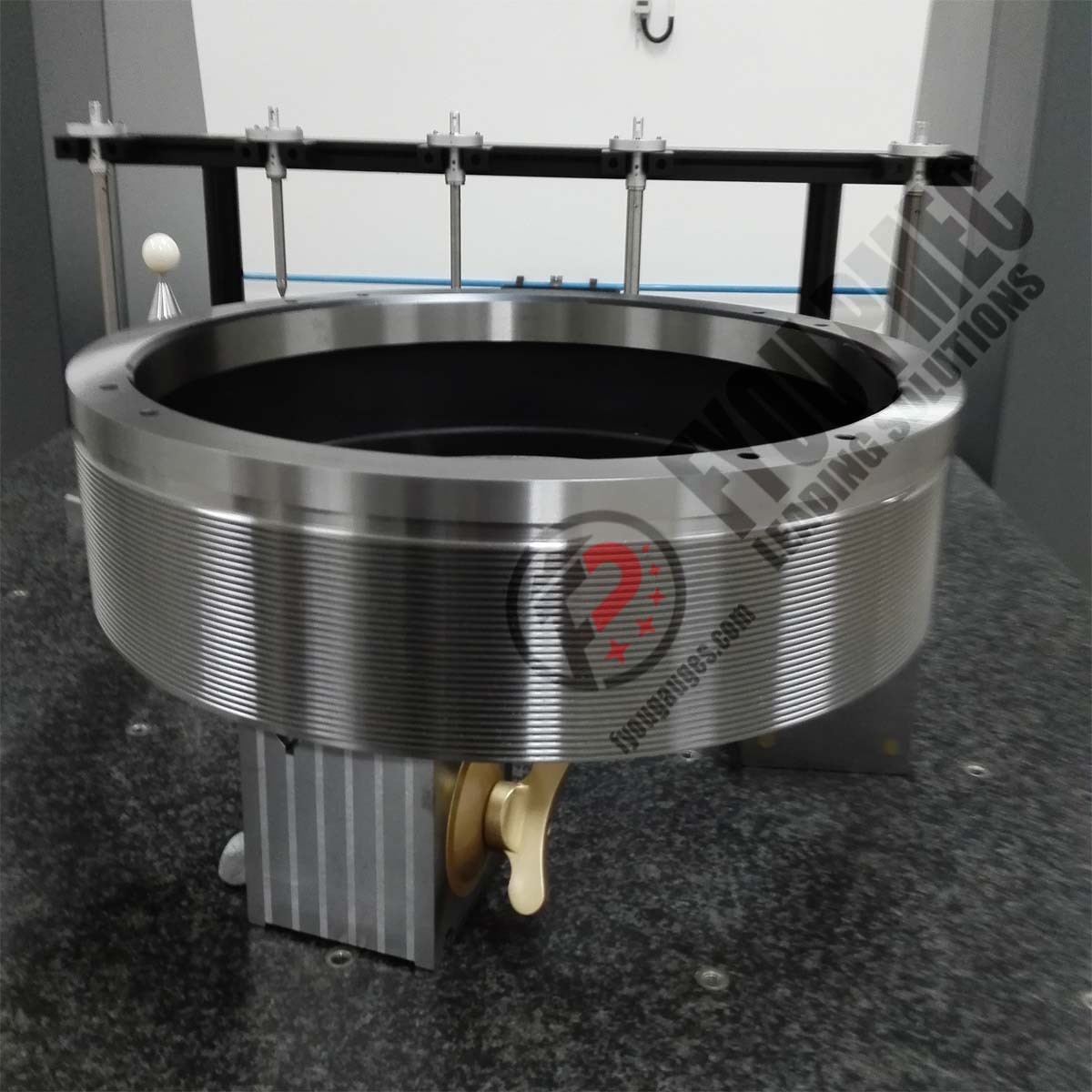Buttress Thread Casing – BTC – Thread Plug and Ring Gages
FYOU PMEC, provides Buttress casing working gauges and reference master gages per API Specification 5B for sizes from 4-1/2 to 20 inches in diameter. All working gages are manufactured and certified using a certified API reference master gage as required by the standard.
| BUTTRESS CASING WORKING/MASTER/TAPER GAGES | |||||
| SIZE | Outer Dia. | T.P.I | T.P.F | TAPER | ANGLE |
| 4 1/2 BCSG/BTC | 114.30 | 5 | 3/4 | 1:16 | 3°,10° |
| 5 BCSG/BTC | 127.00 | 5 | 3/4 | ||
| 5 1/2 BCSG/BTC | 139.70 | 5 | 3/4 | ||
| 6 5/8 BCSG/BTC | 168.28 | 5 | 3/4 | ||
| 7 BCSG/BTC | 177.80 | 5 | 3/4 | ||
| 7 5/8 BCSG/BTC | 193.68 | 5 | 3/4 | ||
| 8 5/8 BCSG/BTC | 219.08 | 5 | 3/4 | ||
| 9 5/8 BCSG/BTC | 244.48 | 5 | 3/4 | ||
| 10 3/4 BCSG/BTC | 273.05 | 5 | 3/4 | ||
| 11 3/4 BCSG/BTC | 298.45 | 5 | 3/4 | ||
| 13 3/8 BCSG/BTC | 339.73 | 5 | 3/4 | ||
| 16 BCSG/BTC | 406.40 | 5 | 1 | 1:12 | |
| 18 5/8 BCSG/BTC | 473.08 | 5 | 1 | ||
| 20 BCSG/BTC | 508.00 | 5 | 1 | ||
Buttress Thread Casing (BTC) is a type of thread used for oil and gas well casings. It has a trapezoidal shape and a 1:16 taper. Thread Plug and Ring Gages are tools used to measure the accuracy and quality of the thread. API Spec 5B is the standard that specifies the dimensions, tolerances, and marking requirements for BTC thread gages
If you have any technical questions; We are here to assist you with any questions or special requirements you may have,
You can contact us at: whatsapp/wechat: +86 139 6216 8423 with any questions or quoting you require or email your prints to Email: sales@fyougauges.com.
Helpful Tips
- Use a thread gage that is licensed by the American Petroleum Institute (API) and conforms to the API Spec 5B.
- Calibrate the thread gage regularly using a master gage that is traceable to the National Institute of Metrology ,China (NIM)
- Clean the thread gage and the thread before inspection to remove any dirt, oil, or debris that may affect the measurement
- Check the fit of the gage and the thread. If the gage goes in smoothly and snugly, the thread is acceptable. If the gage is too loose or too tight, the thread is out of tolerance and needs to be repaired or replaced.
- Apply a thin layer of thread compound or lubricant to the thread gage and the thread to reduce friction and wear
- Align the thread gage and the thread properly and insert the thread gage smoothly and gently to avoid cross-threading or damage
- Check the thread gage for any signs of wear or damage and replace it if necessary.
- Follow the manufacturer’s instructions and specifications for the thread gage and the thread
- Record the results of the inspection and report any deviations or defects.

